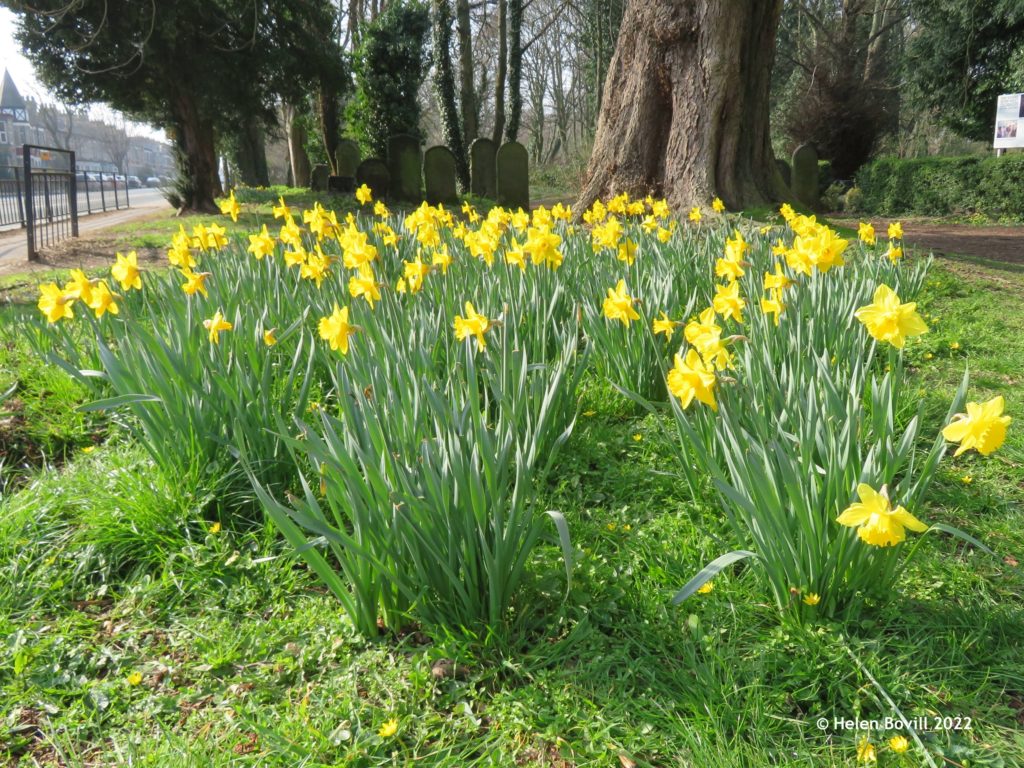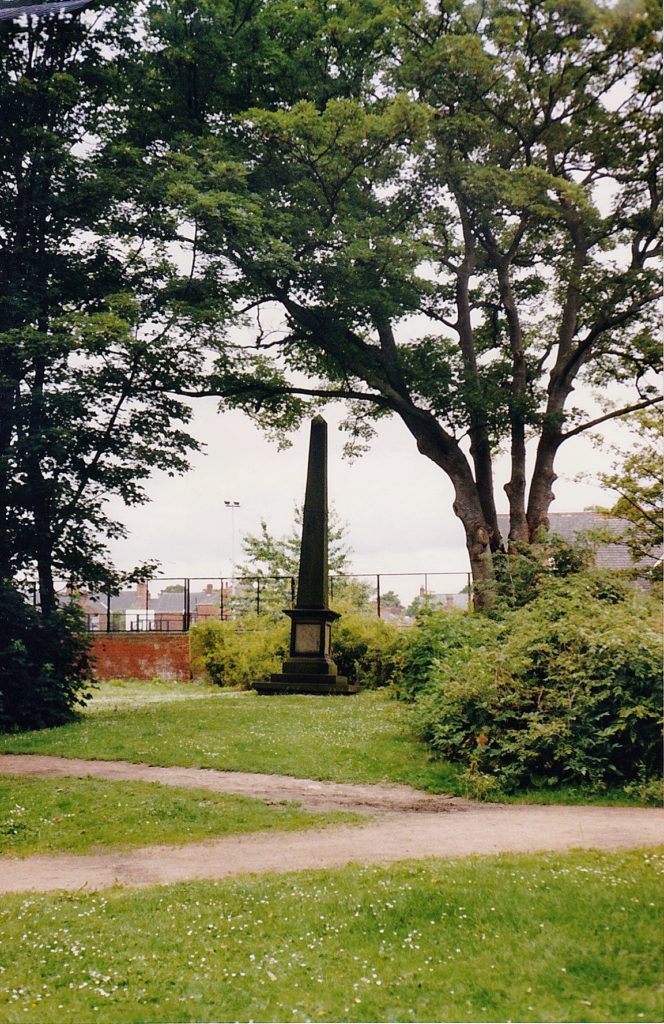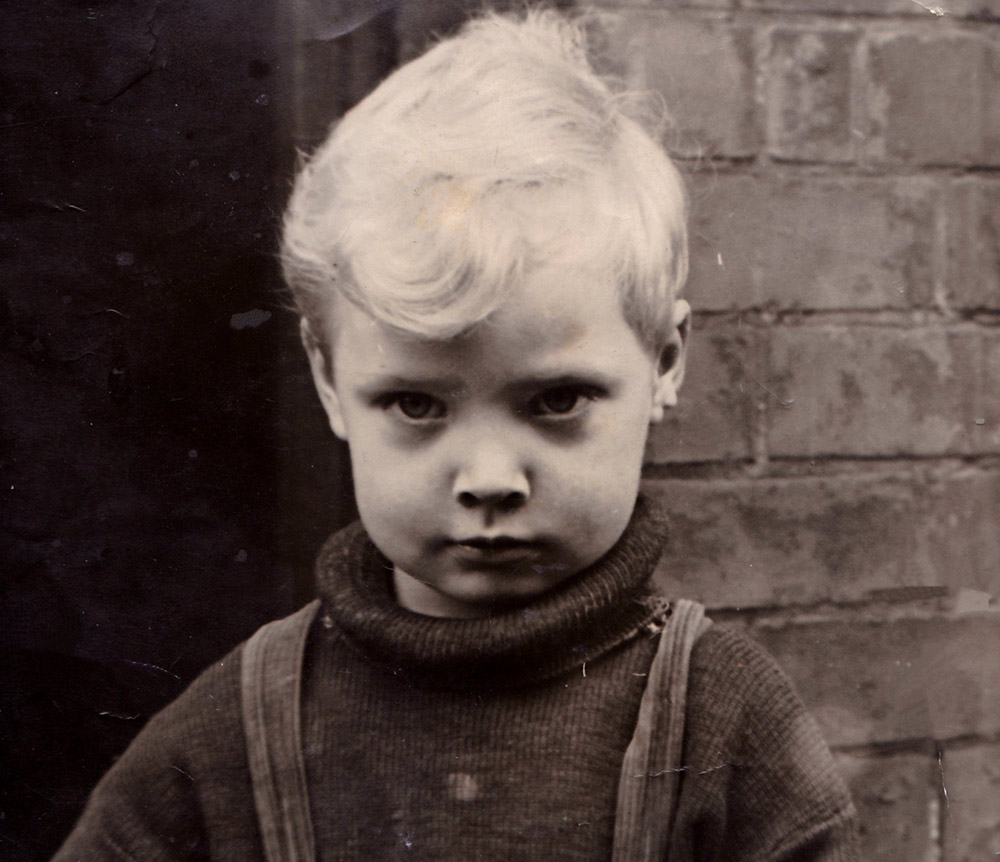Where do I begin? March has been a great month for the many and varied members of the cemetery wildlife family!
This first month of the new season started off with a few rainy days but then the sun came out. Most of the days have been very sunny with the occasionally frosty start, but daytime temperatures have been higher than average for this time of year.
This warm sunshine is just what the hibernating cemetery wildlife needed and I saw the first butterfly of the year – the above Small Tortoiseshell – on 10 March.
Insects
It’s nice to be writing about insects again! A week after I saw the Small Tortoiseshell, I saw Commas and Brimstones and I got a brief glimpse of a Peacock. These were on the grass verge alongside the cemetery, but I also saw some of them inside the main part of the cemetery.
These four species of butterfly spend Winter as adults and can sometimes have slightly damaged wings by the time they emerge. This isn’t surprising considering the number of storms they’ve had to survive this year. But I did also see some very smart, new-looking individuals too.

I saw two Brimstones and both were males. Their wings are bright yellow but they always rest with their wings closed so you only see that bright yellow in flight. The females emerge slightly later than the males and are a pale green, almost white.

During the last weekend I saw my first white butterflies of the season. I saw a very active Small White on the grass verge. It only stopped very briefly and when I studied my photo, I found it was a male.

Then in the edible garden area behind Thoresby Primary School I saw a Large White. I realise this isn’t a part of the cemetery but think for the purposes of this report it can be included. After all, if your main entry into the cemetery takes you past this area then your cemetery wildlife experience begins here.
Both these species spend their winters as a pupa – a good indication that the weather is now warm enough for the butterflies to complete their final transition into full adults.

So that’s six different species of butterfly in just one month and in a relatively small area. Quite impressive!
There have been plenty of Bees around. The queens have emerged from their Winter hibernation and are starting to look for places to start a new colony.
These are the main species I’ve seen so far – Buff-tailed, White-tailed and Red-tailed Bumblebees, and Common Carder Bees. I also saw a Tawny Mining Bee towards the end of the month.

I also saw some Bee-flies. Their fluffy little bodies make them look remarkably like small bees. If you’re lucky to see one of these flies resting on a flower or a leaf look at the wings, held open at right angles to the body. Bees rest with their wings over their bodies.

Another insect I was delighted to see was this Hawthorn Shield Bug, on a Common Dog Violet leaf.

There are lots of Ladybirds of various kinds around too. Note the 7-Spot one on the right of the Commas photo for example. This is one of the twelve species native to the UK, and there are also Harlequin Ladybirds around too.
Plants and Flowers
After a slow start the Lesser Celandines are now flowering in abundance and the grass verge at the side of the cemetery is looking beautiful. They are also flowering inside the cemetery. These small yellow flowers can have between 8 and 13 petals, and they feature on several of the photos in this report. The other yellow flowers in the photos are Dandelions.
The Blackthorn trees around the cemetery are now in full flower and some of the leaf buds have started to open. Fresh green shoots are starting to appear on some of the other trees as well.
But when you look at the ground the signs of Spring are all around in the smaller flowers now starting to open. Red Dead-nettle and Wood Anemones are currently in flower on the grass verge.


Inside the cemetery small patches of Common Dog Violets can now be seen, and I even found a few Periwinkles in flower.


Birds
The birds are in full song at the moment, with the Robins being one of the loudest.

The gathering of nest material has begun in earnest and I’ve seen several Blue Tits exploring the nest boxes.
Last year the volunteers sunk a shallow dish into the ground in the Quaker Burial Ground as there is no natural supply of water in the cemetery. Other than the pools that form in wet weather of course! The Blackbirds seem especially fond of it. It’s topped up regularly in dry weather but is kept shallow for the safety of all visitors.

As far as the larger birds are concerned, there are Magpies, Carrion Crows, Stock Doves and Wood Pigeons in the cemetery. They can be seen foraging among the many ground covering plants including Wild Garlic, the leaves of which are shown here.

Some of the volunteers had a close encounter with a Sparrowhawk, flying close over their heads and into the far corner of the cemetery. It was too fast for a photo though! I also caught a brief glimpse of a female Blackcap earlier in the month. There are also Goldfinches, Chaffinches, Great Tits, Coal Tits, Long-tailed Tits and Dunnocks around.
Conclusion
March has been a great month for the cemetery wildlife, with lots of sunshine and warmth. But I couldn’t end this report without mentioning the Daffodils which are now open throughout the cemetery. They are looking particularly spectacular along the grass verge, and should continue to look good well into April.
Cemetery Wildlife February 2022






